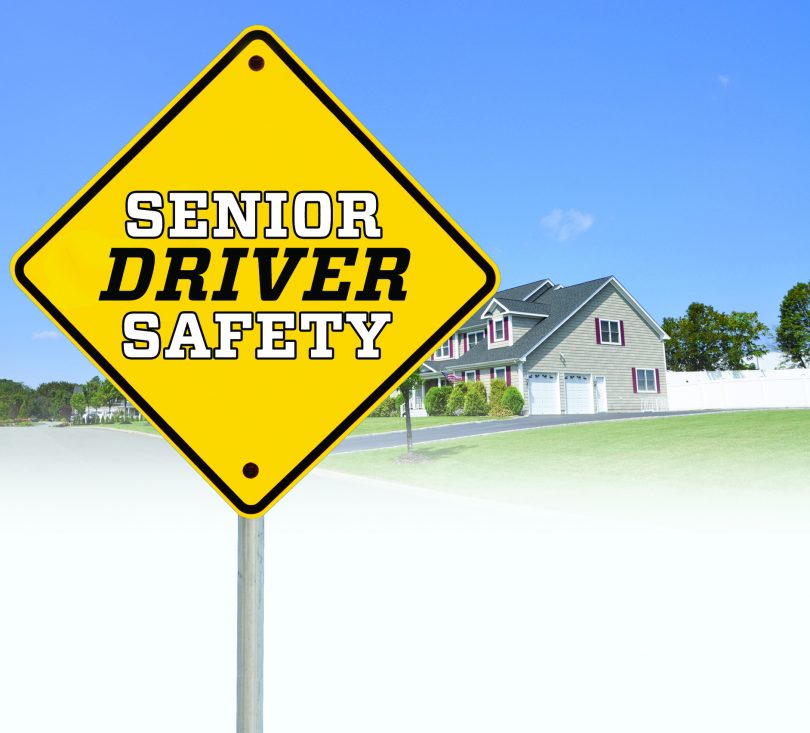
One of the uncomfortable moments of life for many people is when they try to address automobile ownership and driving with their elderly family members. States have grappled with this issue over the years, considering driver’s tests for older drivers and other measures to promote driver safety.
According to the National Highway Traffic Safety Administration, older drivers–those age 65 and above–represented 17% of traffic facilities, while representing 14% of the total population in 2013. Encouragingly, the number of older driver fatalities is actually down by 9% since 2004. When broken down by gender, the number of fatalities for female older drivers is much more dramatic than for male drivers. This reduction comes despite an increase in the number of drivers in the over 65 population.
When age groups are studied within the older driver group, it is seen that fatalities involving male drivers is consistently more than twice that of female drivers. In addition, the incidence of fatalities increases consistent with age. The 80–84 age group has the highest number of fatalities for both males and females.
Still, older drivers are much less likely to be involved in a fatal crash than younger drivers. In 2013, the rate of fatal crashes involving an older driver was 3.4 per 100,000 licensed drivers, while the rate for drivers age 21 to 24 was 47.22. In addition, older drivers involved in a fatal crash are much less likely to have been under the influence of alcohol. Only 7% of alcohol-related crashes involved older drivers. Drivers between age 21 and 34 represented 31% of the total.
According to the National Institutes of Health, the most common mistakes of older drivers that lead to crashes are the following:
- Not yielding the right of way;
- Not staying in their lanes;
- Misjudging necessary time or distance needed to execute turns;
- Not stopping completely at stop signs; and
- Either speeding or driving too slowly.
In addition, NIH points out that older drivers are likely to be involved in the following types of crashes:
- At an intersection;
- When the front of one vehicle hits the side of another vehicle;
- When the older driver is merging with faster approaching cars.
National organizations such as the American Automobile Association and the National Association of Retired Persons offer driver safety courses for older drivers. Those of us with parents and other family members or friends entering the older driver population may want to encourage them to take advantage of these safe driving instruction opportunities.

Recent Comments